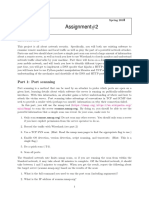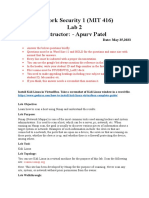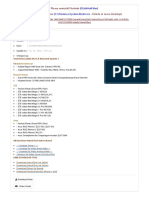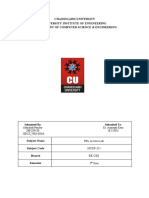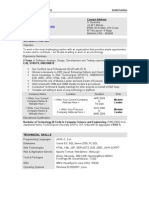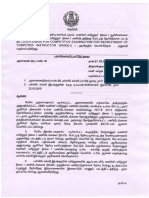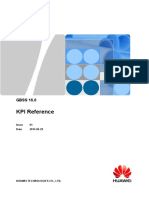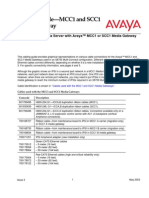0% found this document useful (0 votes)
19 views10 pagesBasic Network Analysis
The document details a network analysis conducted by Osinachi Nwankwo, including active hosts, open ports, running services, and identified vulnerabilities with their CVE IDs. It also includes results from various scans (Nmap, Nikto, and Wireshark) and provides recommendations for improving network security. Key findings highlight outdated software, missing security headers, and suspicious traffic to Tor-related IP addresses.
Uploaded by
osinachi.nwankwoCopyright
© © All Rights Reserved
We take content rights seriously. If you suspect this is your content, claim it here.
Available Formats
Download as DOCX, PDF, TXT or read online on Scribd
0% found this document useful (0 votes)
19 views10 pagesBasic Network Analysis
The document details a network analysis conducted by Osinachi Nwankwo, including active hosts, open ports, running services, and identified vulnerabilities with their CVE IDs. It also includes results from various scans (Nmap, Nikto, and Wireshark) and provides recommendations for improving network security. Key findings highlight outdated software, missing security headers, and suspicious traffic to Tor-related IP addresses.
Uploaded by
osinachi.nwankwoCopyright
© © All Rights Reserved
We take content rights seriously. If you suspect this is your content, claim it here.
Available Formats
Download as DOCX, PDF, TXT or read online on Scribd
/ 10


